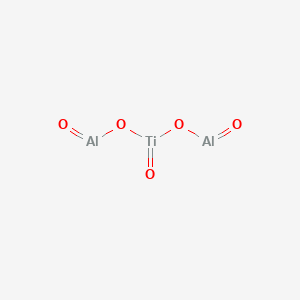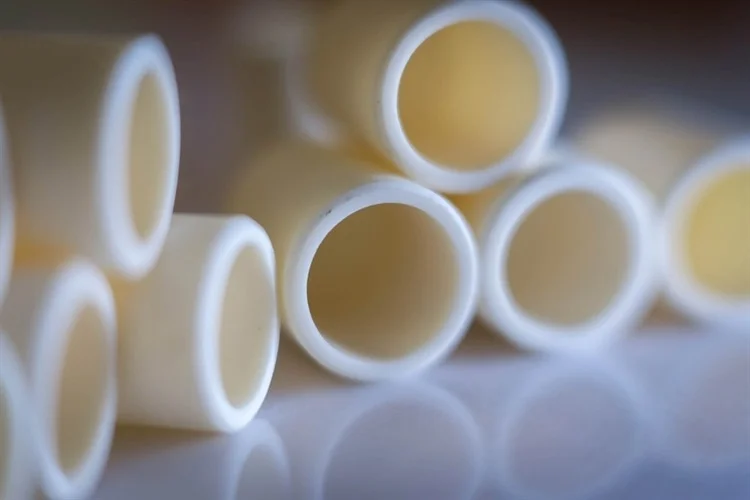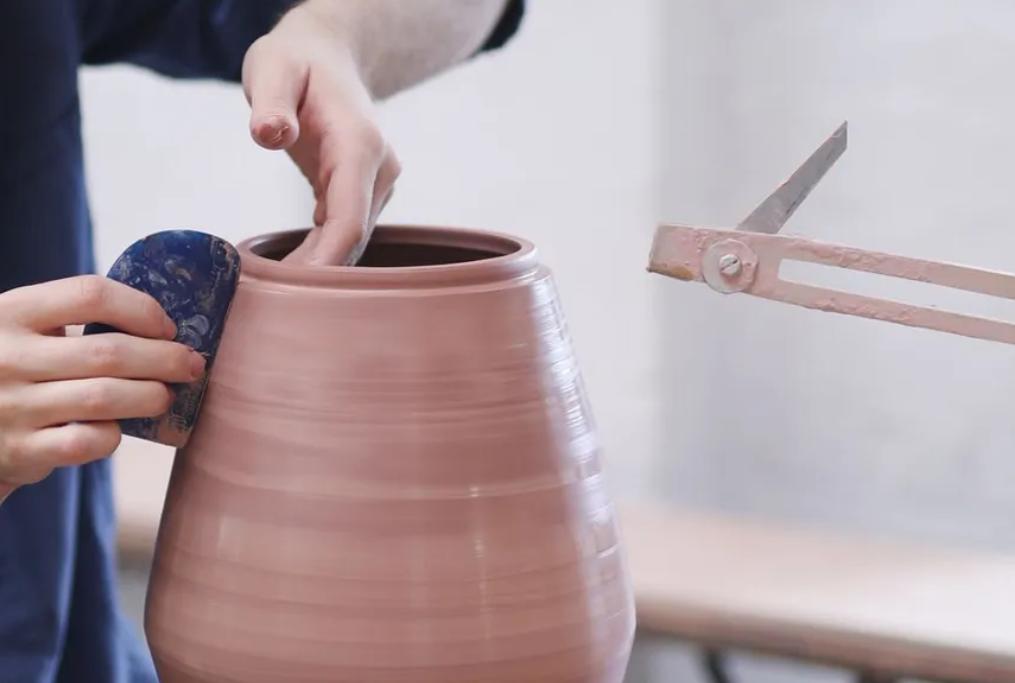Comparison between technical ceramics and traditional ceramics

1. Comparison between technical ceramics and traditional
ceramics.
Technical ceramics, also known as advanced ceramics, are a specialized
type of ceramic materials that are engineered to have specific properties
and characteristics that are not found in traditional ceramics. These
properties typically include high strength, hardness, toughness, wear
resistance, chemical resistance, and thermal stability. Technical ceramics
are used in a wide range of high-performance applications such as
aerospace, electronics, automotive, medical implants, and industrial
machinery.
On the other hand, traditional ceramics are the more common types of
ceramics that have been used for centuries. They are typically made from
raw materials such as clay and are fired at high temperatures to create a
hard and durable material. Traditional ceramics are used in a wide range of
applications such as pottery, building materials, and decorative items.
Unlike technical ceramics, traditional ceramics do not have specialized
properties and are not engineered for specific applications.
2. What is technical ceramics?
Technical ceramics, advanced ceramics or engineering ceramics, refer to a
range of inorganic materials that possess exceptional physical and
chemical properties. These ceramics are engineered to display excellent
mechanical strength, high-temperature resistance, wear resistance, and
electrical insulation, among other properties. Technical ceramics are
utilized in a vast array of applications and industries, including aerospace,
automotive, energy and power, defense, electronics, medical devices, and
industrial manufacturing, among others. Some common examples of
technical ceramics include alumina, zirconia, silicon carbide, and boron
nitride. One of the main advantages of technical ceramics is their superior
mechanical properties, including high strength, hardness, and fracture
toughness, which allows them to withstand extreme conditions in high-
stress applications.
For instance, alumina (Al2O3) is widely used in mechanical and structural
components because of its high strength, stiffness, and wear resistance,
making it ideal for applications such as cutting tools, bearings, and pumps.
Another significant advantage of technical ceramics is their high-
temperature resistance, which enables them to withstand extreme heat
during manufacturing, processing, and use. For example, silicon carbide is
employed in high-temperature applications, such as furnace linings, kiln
components, and turbocharger parts, because of its excellent thermal
conductivity, low thermal expansion, and high thermal shock resistance.
Moreover, technical ceramics possess remarkable electrical and thermal
insulating properties that make them suitable for electronic and electrical
applications. These ceramics are used in electrical and electronic
components such as capacitors, insulators, and spark plugs because of
their high dielectric strength, low dielectric loss, and excellent thermal
stability. In conclusion, technical ceramics are versatile materials that offer
exceptional properties that make them ideal for a range of applications.
Their superior mechanical properties, high-temperature resistance, and
excellent electrical insulation make them invaluable in industries such as
aerospace, automotive, energy and power, defense, medical devices, and
industrial manufacturing. These materials are critical to many modern
technologies, and their continued development and innovation hold the key
to solving some of the world’s most pressing challenges.


